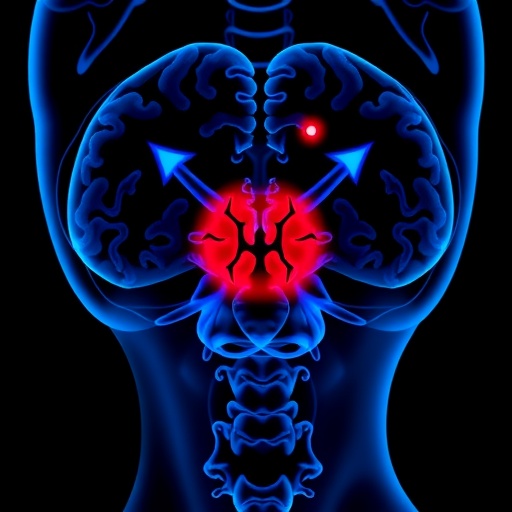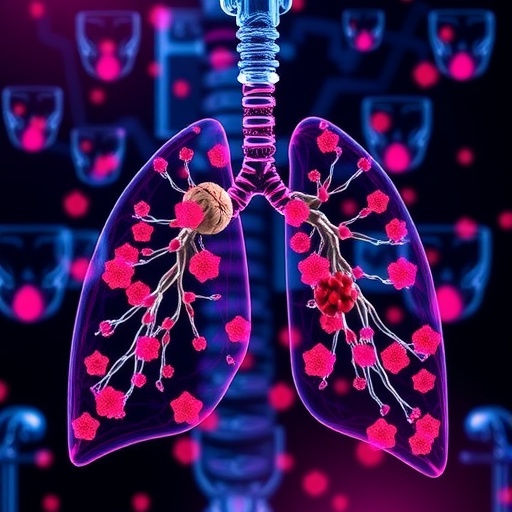Researchers who have undertaken the first systematic review of into the use of traditional, complementary and alternative medicines (TCAM) in Sub-Saharan Africa found its use is significant and not just because of a lack of resources or access to “conventional medicine”.
Researchers from the Australian Research Centre in Complementary and Integrative Medicine (ARCCIM) at the University of Technology Sydney (UTS) in Australia conducted what they say is the first empirical study into TCAM in the region. The paper “Traditional, complementary and alternative medicine use in Sub-Saharan Africa: a systematic review”, in the journal BMJ Global Health, looked at 180 studies on TCAM use in the region between 2006 and 2017.
“Health departments and governments across the region must acknowledge that TCAM is here to stay and seek to understand the challenges and opportunities this presents for health care,” says University of Sierra Leone lecturer and UTS doctoral candidate Peter Bai James, who led the study.
Their review found relatively high use of TCAM alone, or in combination with conventional medicine, in the general population and for specific health conditions such as pregnancy, cancer and malaria.
TCAM use – especially TCAM products – was “significant”, the researchers found, with up to 94% of the population in Nigeria and Ethiopia and an average of just under 60% across the studies. The researchers acknowledged the available articles came from just four countries and were not always of the highest quality, highlighting the need for further public health research in this area.
Biological-based therapies such as herbal therapy were the most common TCAM used in Sub-Saharan Africa, followed by faith-based healing methods (prayer/spirituality) and mind-body therapies (massage, traditional bone setting, relaxation, meditation and yoga).
“TCAM is used due to its perceived low cost, alignment … with sociocultural, religious and spiritual values, and dissatisfaction with conventional health-care,” the researchers say.
Users in the general population were found to be more likely to be of low socioeconomic and educational status.
Most users failed to disclose their use of these medicines to their health-care providers because they feared they would receive improper care as a result, because of health-care providers’ negative attitudes to TCAM, and because health-care providers didn’t inquire.
The review indicated a relatively low prevalence of self-reported adverse effects compared with that reported outside Africa, but the researchers noted this might be related to the tendency not to disclose use.
“TCAM product safety regulation across Africa is still a challenge as many countries … lack adequate regulatory framework to ensure the safety and quality of TCAM,” the paper says. “The systematic collection and analysis of TCAM safety data is crucial in order to protect patients and the public at large.”
Leading author Peter Bai James of ARCCIM at UTS says discussions around TCAM use globally are often based on assumptions.
“Assumptions about use in Sub-Saharan African have shaped lots of existing WHO and NGO policy,” he says, and among those assumptions is the belief that its use is because of poor access to “conventional medicine”.
“But our research shows that even as conventional health services become more prevalent, TCAM use also increases,” he says.
“TCAM is often an afterthought in health policy discussions in Sub-Saharan Africa and that should not be the case. Our research has highlighted the critical role TCAM continues to play in providing primary healthcare across the continent.
“TCAM use in Sub-Saharan Africa is here to stay. Health departments and governments across the region must recognise this and conduct further research to understand the role of TCAM within their populations and consider the challenges and opportunities of TCAM within the wider health-care system.”
###
Media Contact
Peter James
[email protected]
61-416-175-256
Related Journal Article
https:/
http://dx.




